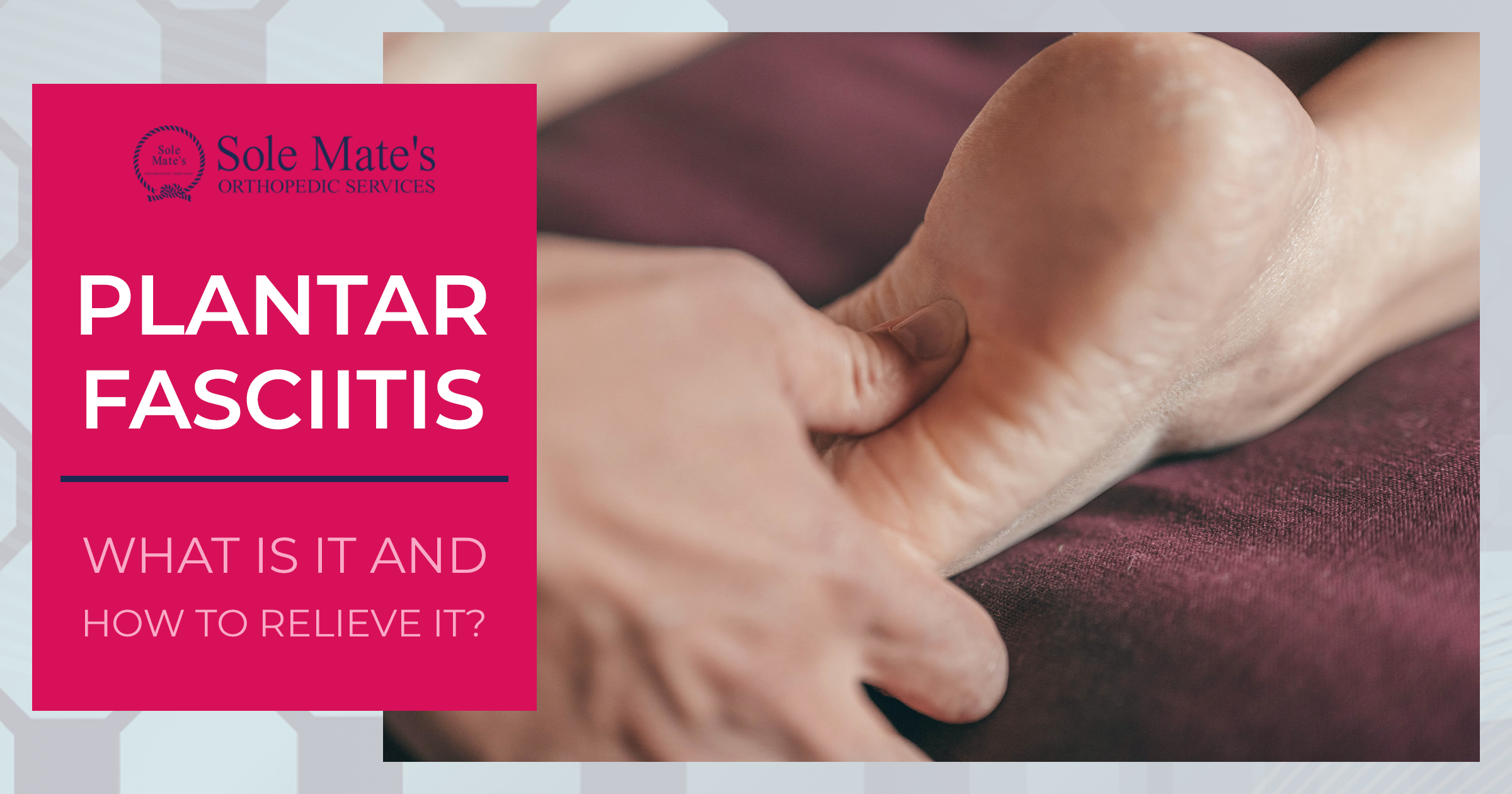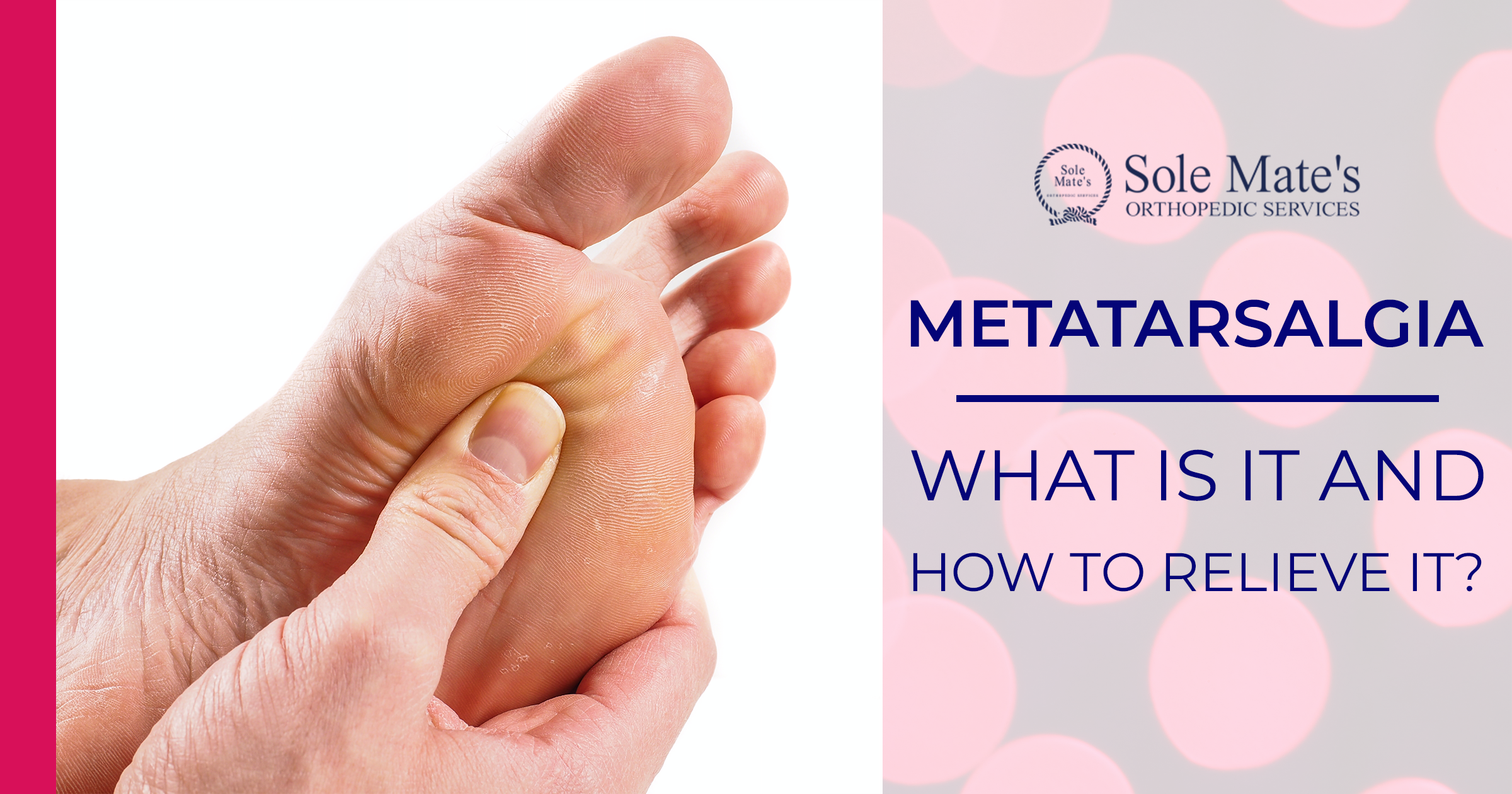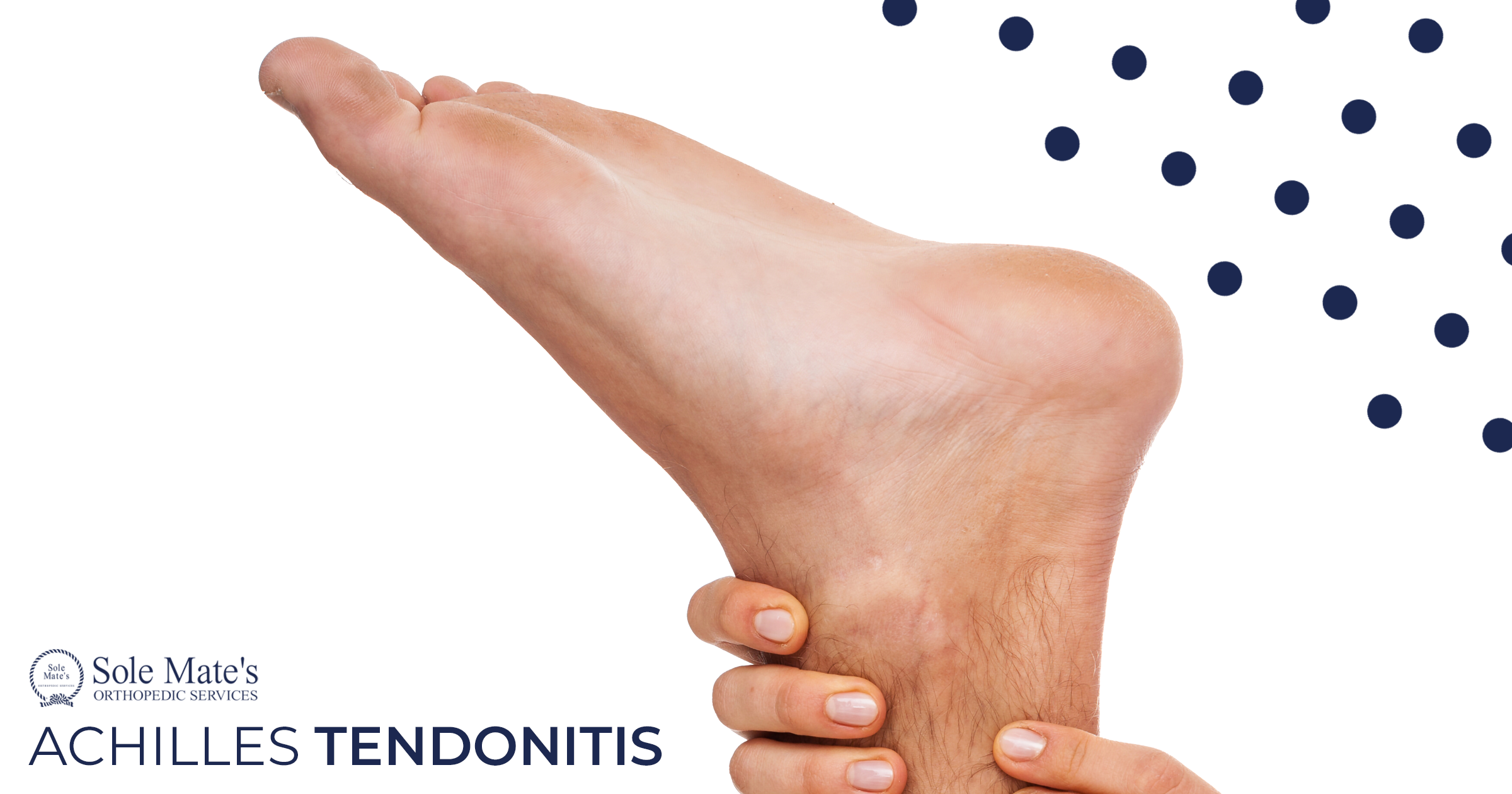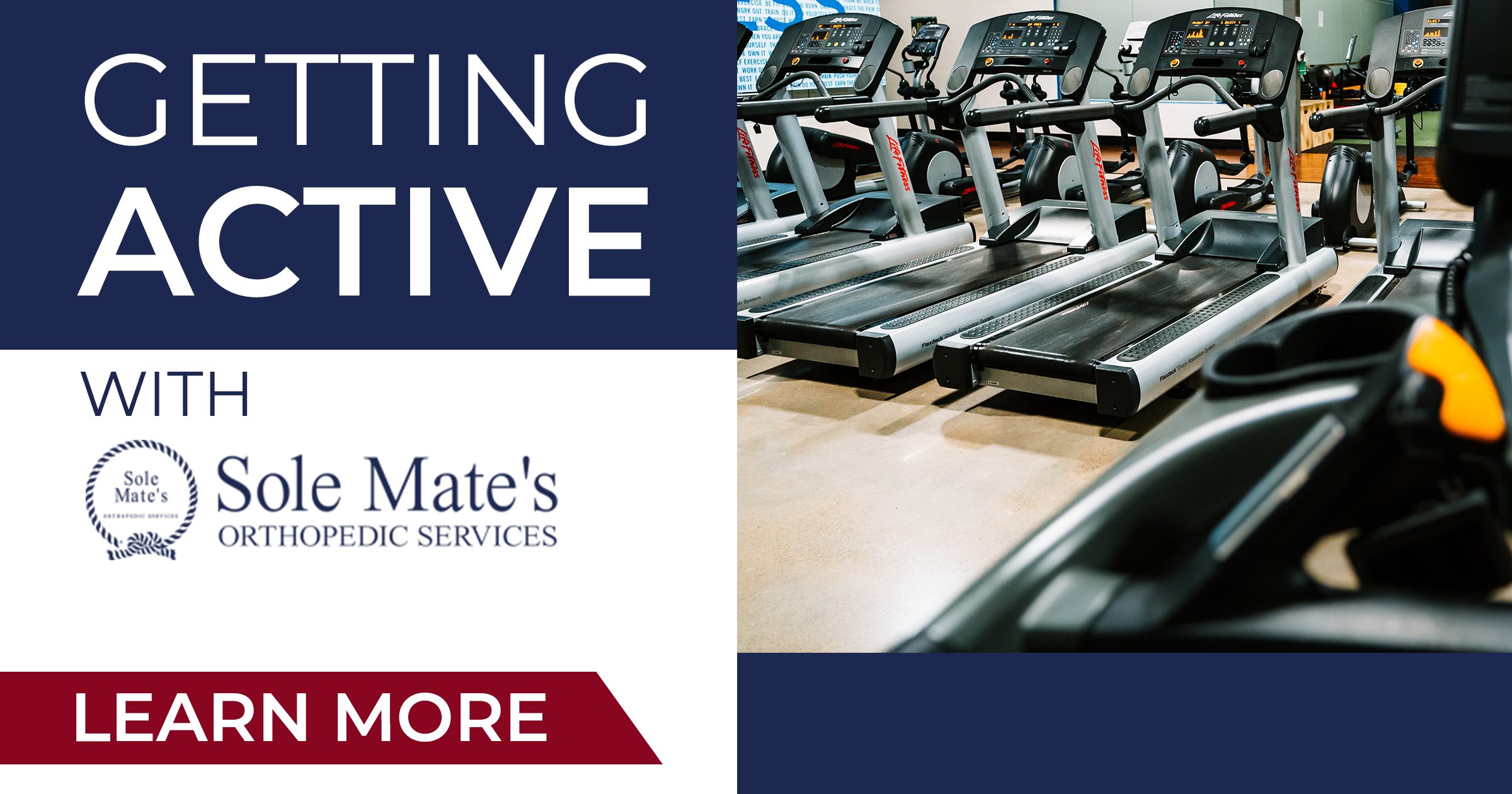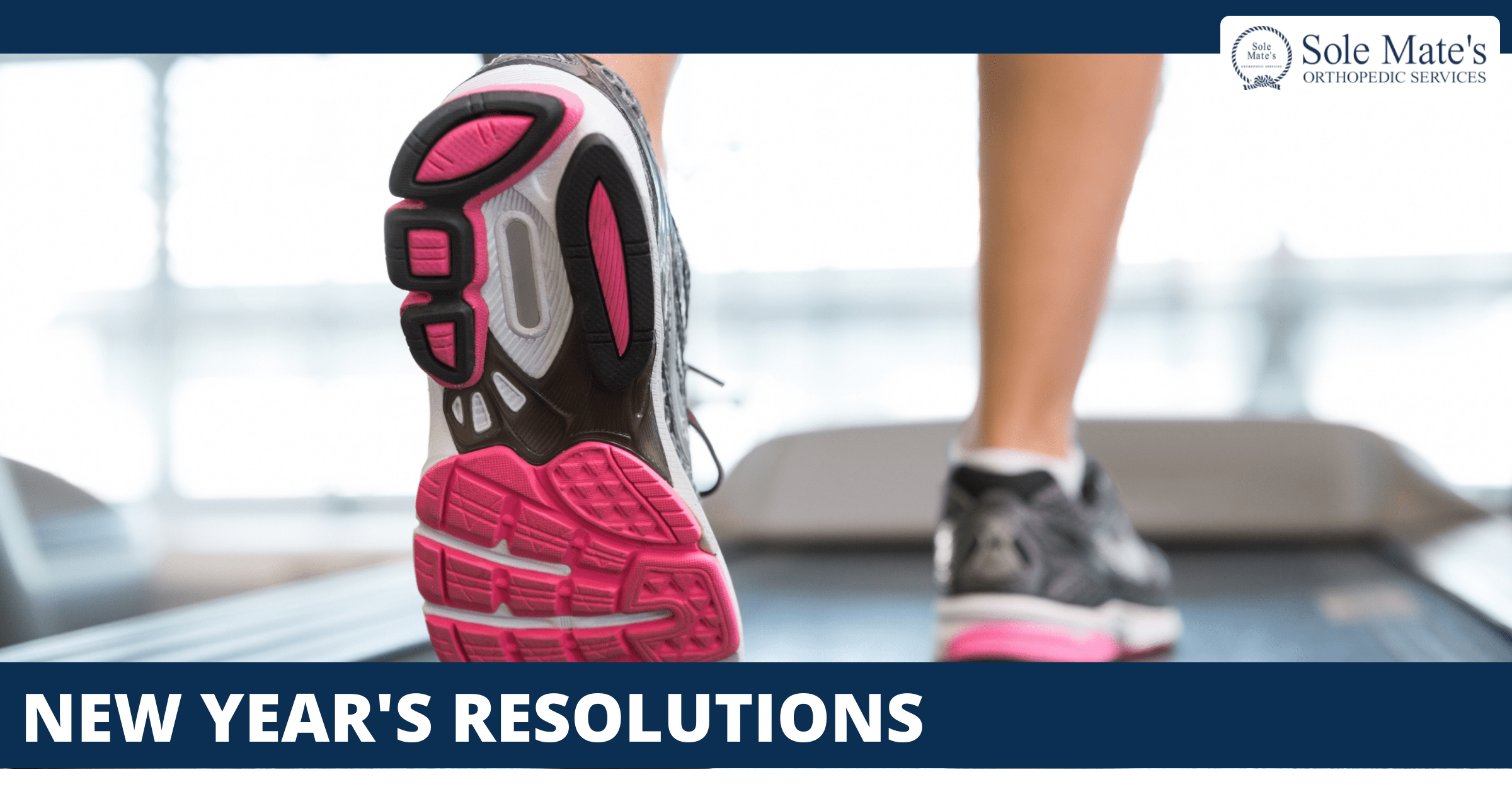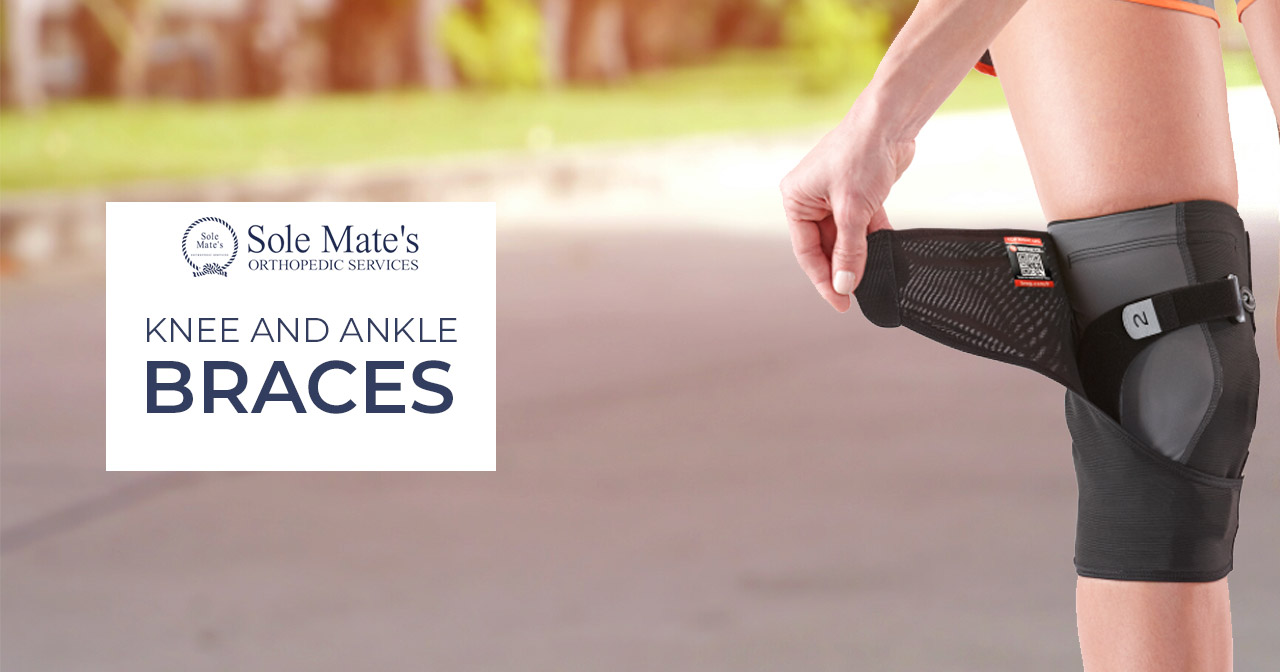
No matter your age, aches and pains in the lower joints can, and do, happen. Some are predisposed to issues in these areas, some may have past injuries that have resulted in chronic pain, and others experience acute injuries that require intervention from a trained professional. And while having the right footwear can definitely help, sometimes we have to go a step further. That’s where ankle and knee braces come in. From neoprene sleeves to hinged devices, they all serve their purpose and help to keep us active and pain-free. So, what should you know before you make that decision? Here’s what we have to say.
A brace provides support and warmth to joints with pain with ankles and knees most often being the culprits. Depending on the severity of the pain, you may use a neoprene sleeve, or you may need a more complex hinged brace that provides much more mechanical support to the workings of your joints.
Finding the right brace for you might sound daunting, but that’s what your pedorthist is for! As they evaluate you and help build your treatment plan, they will also find the right brace to support your recovery. Your specific needs will also dictate how regularly you wear the brace. In some cases, it may only be needed for physically strenuous activities, like sports, hikes, or cleaning the driveway in winter. This means you won’t need the brace during your normal day-to-day activities so your muscles and ligaments can also strengthen naturally. In other cases, the brace may be worn at all times over a longer period to help rehabilitate the affected areas.
To illustrate this, let’s use an ACL injury as an example. Your doctor may tell you to wear a hinged brace for up to a year from surgery to help with healing. Afterwards, similar to the ankle brace, you can stop wearing for day-to-day activities, but put it on when it comes to strenuous activities. Additionally, braces aren’t only used post-surgery. There are many injuries (including to the ACL) that do not require surgical intervention that can still be helped immensely by using a brace as you work on improving strength and mobility by giving you a helping hand with overall stability.
Using a brace comes with a number of benefits that your pedorthist will discuss with you. But just to cover the highlights, here are some reasons to consider them:
⬇️ Pain
⬆️ Stability
⬆️ Weight distribution
⬆️ Confidence during strenuous activities
Ankle braces are most often used to treat localized pain in the area sustained from injury or long-term chronic issues (or as a means to help prevent further injury). While knee braces are used for similar reasons, it’s also true that the source of pain and injury is often much more complex at the knee than the ankle. Issues with your feet, leg muscles, hip mobility, and more can significantly affect what you feel in your knees. Treatment with knee braces often involves a much more comprehensive and holistic look at the entire lower body to get the best results.
Do you have questions about knee and ankle braces? Reach out to Sole Mate’s today, or book your appointment online.

